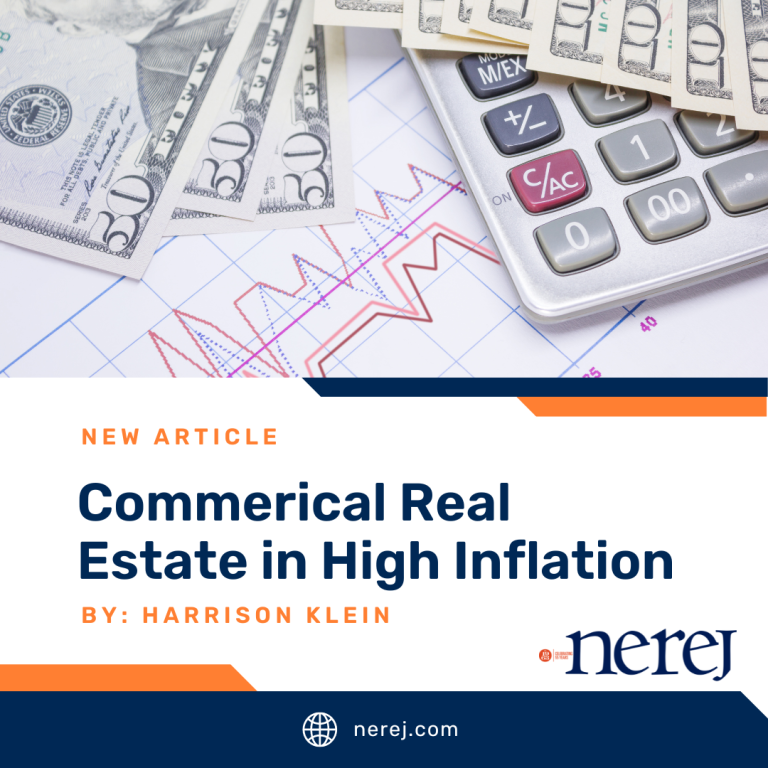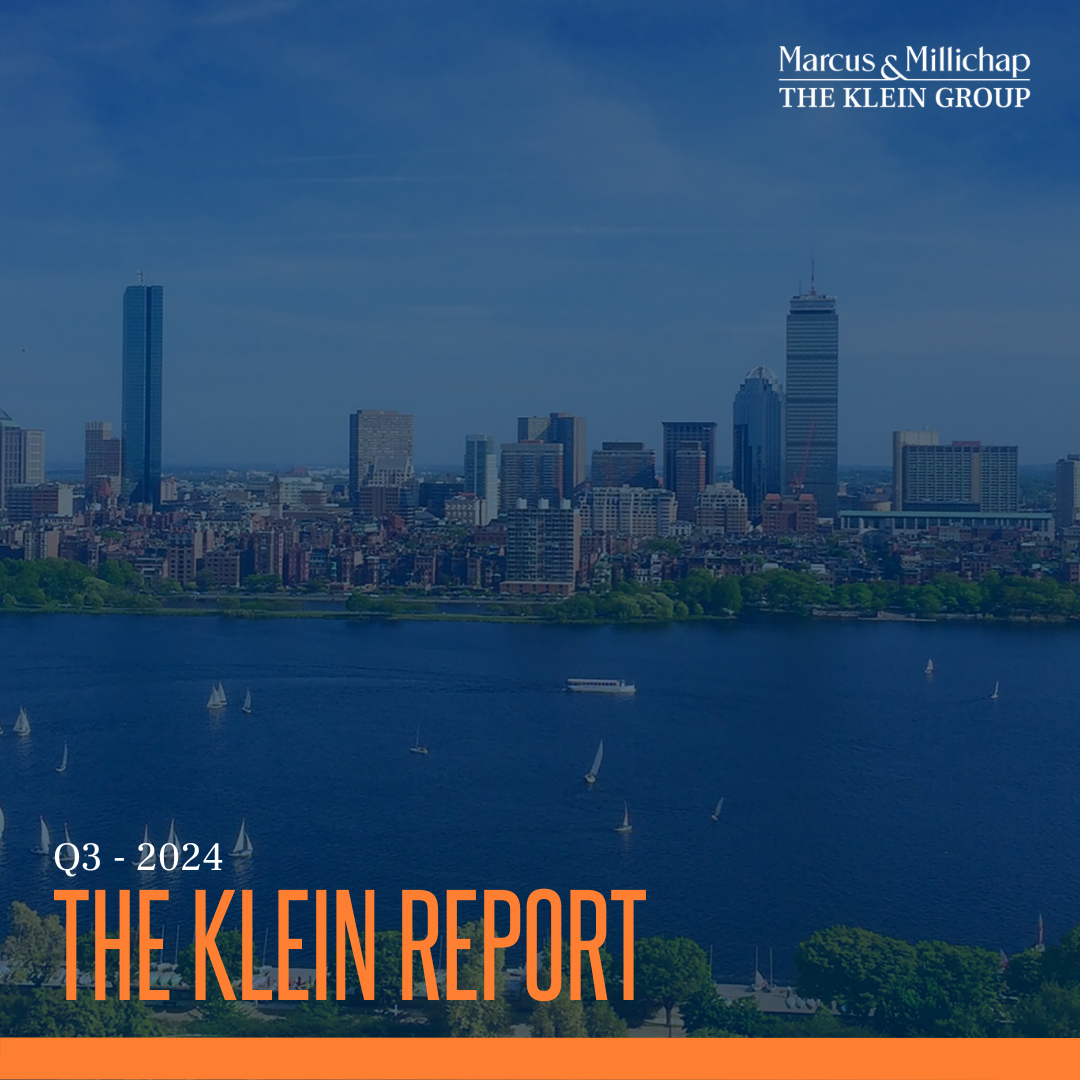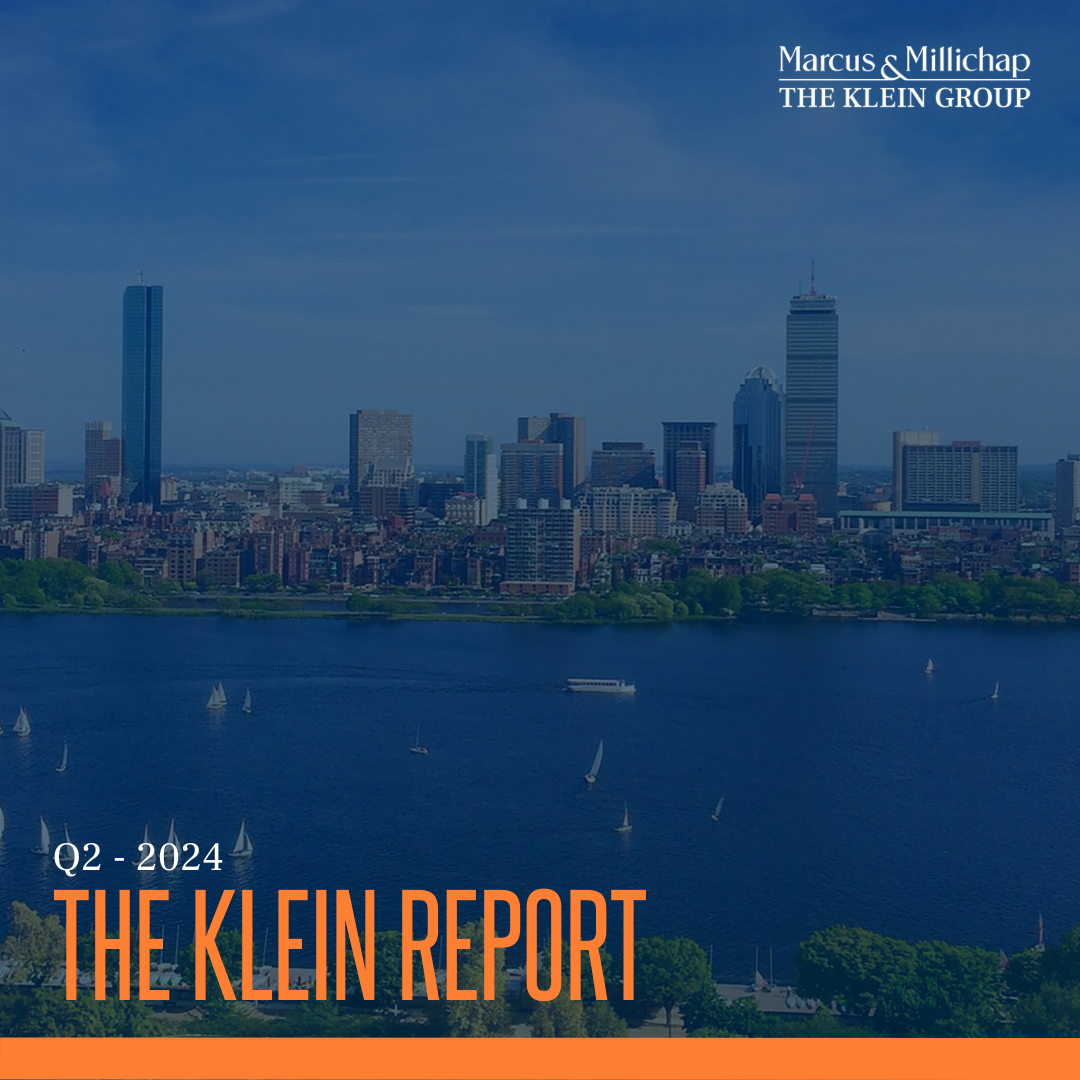Buying real estate using significant leverage (debt) during times of high inflation can make tremendous sense. On a long-term basis, rents typically rise with inflation while interest payments stay the same. Financing acquisitions using 65% loan to value (LTV), a 10% increase in net income will result in a 31% increase in cash flow! Not to mention, increased cash flow often translates to an increased value of the asset to help solve for an exit.
However, there are several areas investors should be cautious of when investing in a high-inflation market cycle. For private investors, unless they can grow income, they will actually lose income. Properties with fixed rent for very long time periods may not make sense right now. Investors should be careful to review expenses and test them against inflation. Let’s use a roof, for example, that needs to be replaced in five years. If the replacement of the roof costs $250,000 and inflation stays at 5%, the actual cost of the roof in five years will be $335,000.
The cost of utilities, labor, and mechanical systems has also skyrocketed in recent years. Investors should avoid making the mistake of underwriting each investment assuming expenses will stay flat from the date of purchase or they will be hit by an unpleasant surprise when expenses are significantly higher than forecasted. Specifically, pay attention to items that are not passed on to tenants in the form of a triple net lease. Utilities, snow contracts, insurance, and real estate taxes should all be reviewed, and if applicable, sent to bid during the due diligence process.
Next, how investors are structuring lease renewals has a meaningful impact on the viability of the investment. We talk to hundreds of owners every month who are achieving increases ranging from three to four percent annually. Escalations pegged to the consumer price index are also starting to become popular again. Owners are also pushing many of the operating expenses onto the tenants. For spaces under 4,000 s/f, this may take the form of a modified gross lease. In a modified gross lease, tenants pay only base rent in the first year and any increases to expenses in subsequent years. These tend to be easier for smaller tenants to understand compared to a triple net lease. Finally, investors should strongly consider sub-metering their building so that tenants pay for energy based on consumption. This is an eco-friendly, cost-saving technology that is now relatively inexpensive to implement.
Institutional buyers are primarily sitting on the sidelines in today’s market. This has created opportunities for private individuals to buy great property. Many of today’s most successful owners built portfolios during times of high inflation thirty years ago. Plan for ongoing inflation with fixed debt, escalating leases, and protection from rising costs. In the words of Warren Buffet, “Rule Number one is never lose money.”
In times of high inflation, sitting on cash means that the actual cash is losing value. If that cash sits on the sidelines for three years, this compounds to a 20% loss of value, using an average inflation rate of 6 percent. Many of our clients expect prices to come down moderately over the coming 12-24 months. This belief causes many to stay on the sidelines, perhaps to their detriment.
Investors can still buy a building today and generate a seven percent cash-on-cash return. In three years, that equates to a 22% return on the investment, beating inflation and creating a profit. Even if the building is worth 10% less in three years, an investor will still come out on top. In today’s market, the key is thinking long-term and worrying less about market timing. As we say to our clients, “marry the property, date the interest rate”. Experts believe that borrowing costs will come back below five percent within the next five years. Times of high-interest rates can be opportunities to buy excellent properties that will generate tremendous cash flow once you refinance at a lower rate.
If someone needs to liquidate in the next few years, then today may be the best time to sell. Rising rates and deteriorating economic conditions create asymmetrical downside risk in the short term. Due to a lack of “for sale” inventory prices remain high and marketing processes, particularly for smaller assets (below $5 million) are seeing strong outcomes. Every seller should consider a sale from the context of both selling and reinvesting. Today reinvestment opportunities have improved, likely offsetting the impact of a marginally lower sale price. All investors must be focused on the impact inflation will have on their investments. Owners should contemplate the impact of expanding operating expenses, higher rent escalations, and appropriate leverage.




